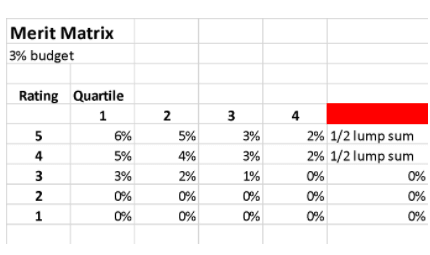Years ago you could find policies written in Employee Handbooks threatening termination if you were to speak to another employee about your salary or bonus. The whole process was hush hush and no one really understood how salary increases or job worth was calculated. Only the select few could afford the salary surveys that were published annually. Gone are those days. Salary surveys for your industry, revenue size, employee size and market are now only a click away. Compensation is finally coming out of the black box and into the light. So why should you subscribe to this new trend?
It’s the Law
Perhaps the most basic reason is that it’s the law. Employers can no longer prohibit employees from openly discussing their salaries and bonuses or threaten them with termination for doing so. The NLRB specifically ruled “You cannot forbid employees – either verbally or in written policy – from discussing salaries or other job conditions among themselves. Discussing salaries is considered a “protected concerted activity” by the NLRB and it’s protected regardless of whether employees are talking to each other in person or through social media.”
Takes it out of the realm of mystery
There are a myriad of other reasons that you shouldn’t prevent employees from understanding their own salaries and others. One of those, is that it shouldn’t be a mystery. Employees should understand that creating salary structures is a science based on market data.
Encourages well thought out salary ranges and structures
Once you know that you aren’t the only one looking at and depending on the salary structures to make hiring decisions, give increases and calculate promotions, it behooves you to take an extra hard look at your structures. Could you defend them to the outside world? Are they updated? Have you properly defined your market? Does the work force slot in where they should with no one falling below the minimum and only a few over the top?
Defocuses people on pay disparities
Employees can spend an alarming amount of time thinking about pay and whether they are compensated fairly to both the market and the person sitting next to them. Being transparent about you pay practices puts people at ease. They trust that they are paid fairly because they understand the process and have full access to the data.
Better management of promotional opportunities
Employees will frequently bid on jobs without have any concept of whether the job they are bidding on is actually above or below their current job in terms of salary grades. By allowing employees to have access to the structures, you decrease the number of bids you get for jobs that, once the employee finds out it is a decrease in pay, is no longer interested.
There are many reasons to run a more transparent compensation practice, but perhaps the biggest is trust. When you are trying to build a culture of trust, it is significantly easier when you are open and willing to answer the questions your employees have.


